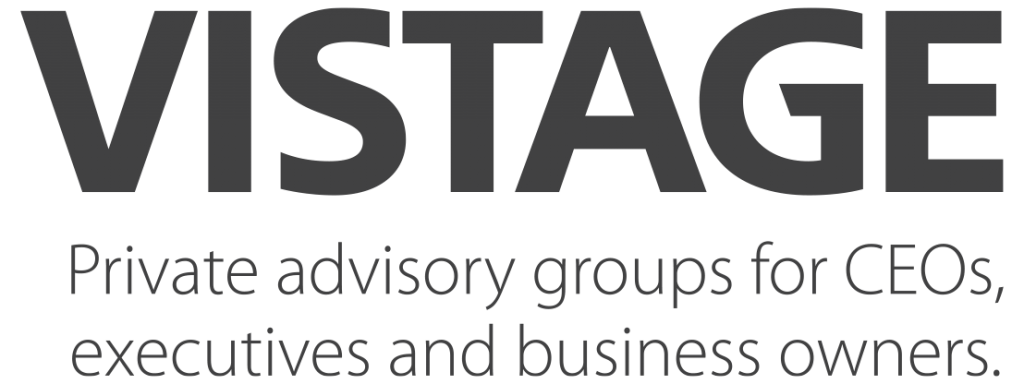Loyalty matters, but it isn’t the most important thing when you are running a business. In countless discussions, from team meetings to one-on-one chats, a recurring topic often emerges: the mismatch between an employee’s tenure and their capability to effectively fulfill their role. The crux of the matter? Sometimes, we hold onto people too long, mistaking their years at the company for indispensable capability. You can outgrow your people.

The Risk of Overvaluing Longevity
Loyalty is admirable and valuable, showing dedication and alignment with the company’s core values. Yet, placing loyalty above competence can be detrimental to an organization’s growth and bottom line. Assuming that longevity equates to increased capability can stifle progress and lead to operational inefficiencies. The pace of change in business is ever-increasing, and key people need to keep up. If everyone is learning at the same level at the same time, it can become quite cumbersome.
As organizations grow, the stakes get higher. If we rely on the assumption that seasoned employees will naturally adapt and grow with the company, we might find ourselves disappointed. Hoping for the best isn’t a viable strategy. This misplaced faith can inadvertently invoke the Peter Principle, where employees rise to their level of incompetence and become more of a hindrance than an asset.
When Loyalty Turns Counterproductive
It’s often seen that long-term employees who were once pillars of productivity become overwhelmed as business needs evolve. Unable to keep pace, they may resort to making excuses, justifying underperformance, blaming others, or misprioritizing their tasks to cope, which never ends well. We allow their continued employment because of what they’ve done while turning a blind eye to what they are not doing. We move from feeling good about what they’ve been doing to both becoming frustrated.
In addition, organizations can also become too dependent on certain employees to be repositories of information that no one else possesses, which gives them too much influence in their area of the company. If not managed properly, employees who are no longer capable of performing their duties but are essential to the operational model end up holding the company hostage. This is a precarious position to be in, but a lesson learned far too often.
Balancing Personal Development with Accountability
A thriving company culture marries opportunity with accountability. It’s crucial to be transparent and supportive, acknowledging past contributions while clearly communicating the need for ongoing development and performance improvement. Training and setting clear expectations are key components of this strategy. You owe it to your people to set them up for success. However, at some point, you have to make the call on whether or not they are able to grow commensurate with what’s needed. You can still value and care about them, while being honest about the gaps in their capabilities and your perception of their work contribution. Don’t fall into the trap of lowering the performance bar to keep people happy (or employed).
Thankfully, not every case involves someone having to leave the organization. Sometimes there are lateral moves or even lesser roles that are a better fit for the individual. Let them focus on what they are good at without pushing them beyond their limits. Of course, this is only possible if the company can afford it and the employee is open to this approach. I only encourage my clients to consider this option if the employee is a strong cultural fit.
Understanding the Nature of Employment
The idea of a job for life is noble but increasingly unrealistic. With typical turnover rates, a company might see its entire workforce change within less than seven years. It’s important, then, to make the most of the time employees are with us, fostering a positive work environment and offering development opportunities that allow them to grow. We may not be able to offer them lifetime employment, but we can offer them employability. The goal should be to do our best to make their time with the company a worthwhile investment of their time and effort. When they leave, the goal should be for them to reflect positively on their experience and the skills they’ve gained. We can even help them transition to their next opportunity.
Striking the Right Balance
Top-tier companies understand the importance of nurturing internal talent while also recognizing when external expertise is necessary. Internal employee growth opportunities should be balanced with the need to maintain high-performance standards. It’s about making strategic choices that align with both employee potential and business goals.
In essence, while loyalty is a quality to cherish, it must not overshadow the critical need for competence and performance. Navigating this balance wisely ensures that business decisions are clear-eyed and that both employee satisfaction and organizational success are achieved.

